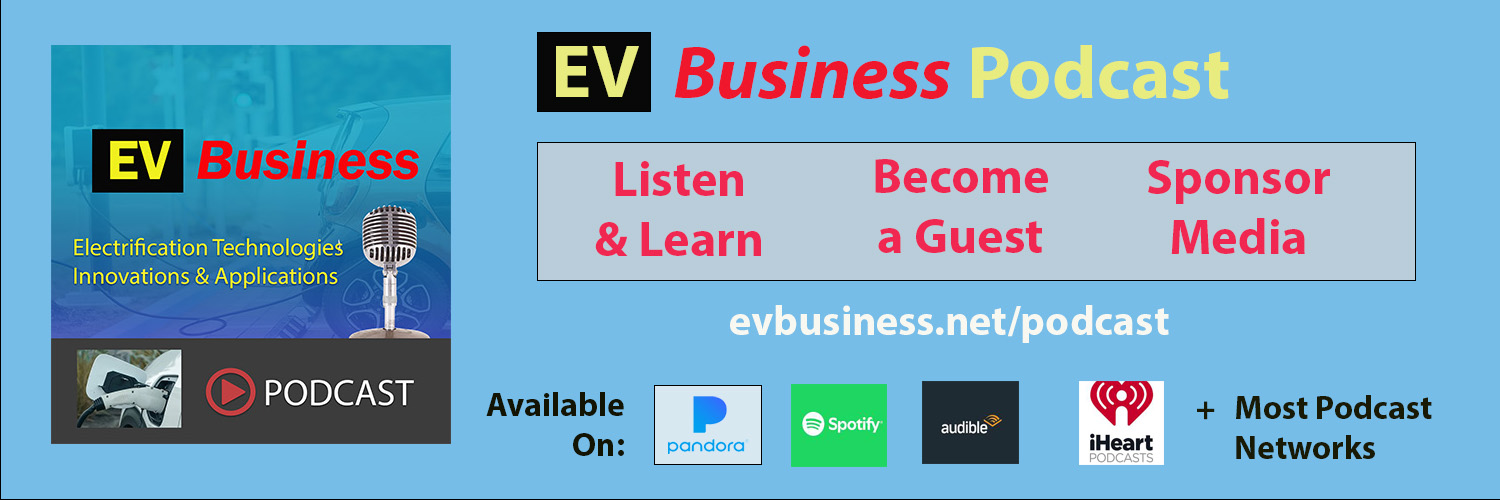<summary description>
Aircraft to Electric Propulsion Conversion Companies

Aircraft to Electric Propulsion Conversion Company List
Ampaire – A U.S.-based company developing hybrid-electric aircraft retrofits, including the Electric EEL and Eco Caravan, aiming to reduce fuel consumption and emissions.
Astronics Corporation – An American company offering customized aircraft retrofit installation design packages, potentially applicable to electric propulsion conversions.
Beta Technologies – A U.S.-based aerospace manufacturer developing electric vertical take-off and landing (eVTOL) aircraft, with potential applications in retrofitting existing aircraft.
Bye Aerospace – A U.S. company designing electric aircraft, including retrofitting existing models for electric propulsion, focusing on training and light aircraft.
Collins Aerospace – A U.S. company developing electrified aircraft systems, including hybrid-electric propulsion components suitable for retrofitting existing aircraft.
Cranfield Aerospace Solutions (Project Fresson) – A UK-based initiative aiming to retrofit Britten-Norman Islander aircraft with hydrogen-electric propulsion systems for regional flights.
Dovetail Electric Aviation – An Australian company developing modular electric and hydrogen-electric propulsion systems for retrofitting regional aircraft.
Electra.aero – A U.S. company creating hybrid-electric ultra-short takeoff and landing (eSTOL) aircraft, with potential applications in retrofitting existing airframes.
Electric Aviation Group (EAG) – A UK-based company developing the ‘True Zero’ hydrogen-electric regional aircraft and offering retrofit programs for existing aircraft.
Elysian Aircraft – A Dutch company designing battery-electric aircraft like the E9X, with future plans that may include retrofitting existing aircraft.
Eviation Aircraft – An Israeli company developing all-electric aircraft, including the Alice model, and collaborating with MagniX for propulsion systems.
H55 – A Swiss company specializing in electric propulsion systems and battery technology for aircraft, collaborating on various retrofit projects.
Harbour Air – A Canadian seaplane airline pioneering the conversion of its fleet to electric propulsion, notably the eBeaver project in partnership with MagniX.
MagniX – An electric motor manufacturer providing propulsion systems for aircraft retrofits, including collaborations with Harbour Air and Eviation Aircraft.
Stralis Aircraft – An Australian firm focused on converting aircraft like the Beech 1900D and Bonanza A36 to hydrogen-electric propulsion.
Surf Air Mobility – An American aviation company developing electric and hybrid powertrains to upgrade existing aircraft, focusing on regional flying.
VoltAero – A French company developing hybrid-electric aircraft, including retrofitting existing models with their proprietary propulsion systems.
Wright Electric – A U.S. startup developing electric propulsion systems for commercial aircraft, with plans to retrofit existing airframes like the BAe 146.
ZeroAvia – A British-American company developing hydrogen-electric powertrains for aircraft, with successful test flights on retrofitted planes like the Dornier 228.
Zunum Aero – A U.S. startup focusing on hybrid-electric regional aircraft, working on retrofitting existing planes with electric propulsion systems.
Aircraft to Electric Propulsion Conversion Company Key Features and Capabilities
Battery System Design and Safety
Proven, aviation-grade battery management systems (BMS) that prevent overheating, fire, and catastrophic failure are critical for electric aircraft. A properly designed battery system ensures flight safety, protects investment in the aircraft, and is mandatory for passing airworthiness certifications.
Charging Infrastructure and Support
Availability of compatible fast-charging systems, mobile charging units, or airport charging partnerships is vital to realistic daily operations. Without reliable charging solutions, aircraft downtime increases and limits the practicality of electric aviation for both private and commercial users.
Experience with Aircraft Models
Look for companies experienced in converting the specific type (Cessna, Piper, Cirrus, etc.) or class (single-engine, twin-engine, rotorcraft) of aircraft you intend to electrify, ensuring compatibility and optimal performance. Aircraft vary significantly in weight distribution, structural layout, and flight characteristics, making specialized knowledge crucial to a safe and effective conversion.
Maintenance and Support Services
Ongoing technical support, scheduled maintenance plans, and technician training must be available to ensure the continued safe operation of the converted aircraft. Long-term support reduces the risk of costly downtime, improves reliability, and is often required by insurance and regulatory agencies.
Motor and Propulsion Technology
High-efficiency, reliable electric motor systems that meet aviation-specific standards for weight, torque, thermal management, and durability are essential. Electric propulsion must deliver consistent thrust under demanding conditions, which directly affects aircraft safety, efficiency, and operational confidence.
Range and Performance Guarantees
Companies should clearly define and document realistic expectations for flight range, payload capacity, climb rate, and overall performance post-conversion. Clear performance specifications are crucial for operators to plan missions safely and to ensure the converted aircraft can meet its intended operational role.
Regulatory Compliance and Certification Expertise
Companies must have a proven track record in navigating complex aviation regulatory approvals (e.g., FAA Supplemental Type Certificates or EASA certifications) for electric propulsion systems. Certification ensures that the converted aircraft meets strict safety, reliability, and airworthiness standards, which is critical for legal operation and resale value.
Thermal Management Solutions
Effective systems for cooling batteries, motors, and control electronics are essential for maintaining performance and preventing thermal runaway. Proper thermal management increases battery life, preserves power output during demanding operations, and significantly enhances flight safety.
Track Record and References
Established case studies, operational aircraft experience, logged flight hours, and positive feedback from pilots and operators are strong indicators of a company’s reliability. A proven track record minimizes the risks of technical failure, regulatory hurdles, and unexpected operational issues.
Weight and Balance Engineering
Electric conversions must maintain or carefully adjust the aircraft’s center-of-gravity (CG) and balance for safe flight. Improper weight distribution can severely compromise flight stability and control, making expert weight and balance engineering non-negotiable for any electric conversion.
Aircraft to Electric Propulsion Conversion Glossary
<category glossary>

